The size is right: Campus enrollment climbs
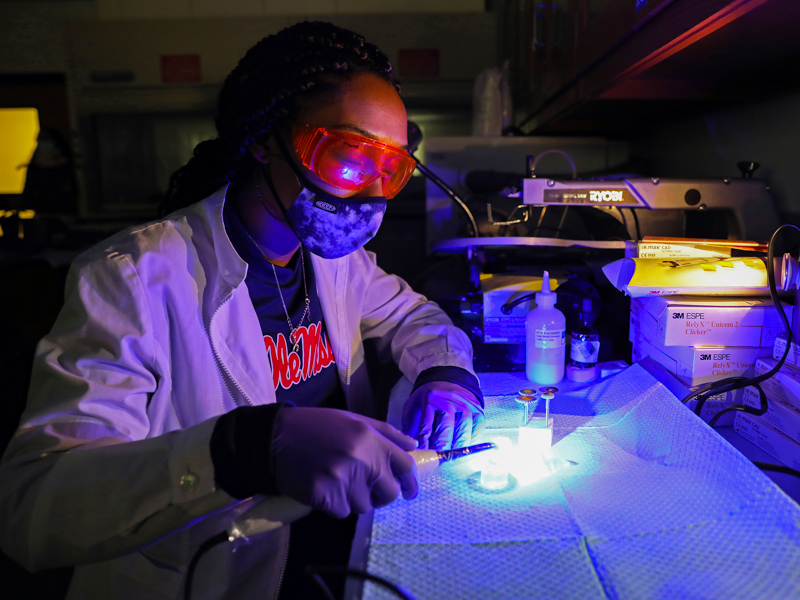
Enrollment for the Medical Center’s campus schools is at an all-time high, posting record-setting figures that reflect a commitment to meet the state’s needs for health care professionals.
With a total enrollment of 3,056 for the 2021-2022 academic year, the schools as a whole show a 1.6 percent surge over the year before; and 5.7 percent since 2017.
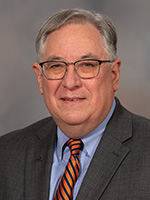
“To meet the state’s workforce needs, we’ve intentionally grown some programs across several schools” said Dr. Ralph Didlake, associate vice chancellor for academic affairs and chief academic officer, explaining one reason for the uptick.
Released this month by the Mississippi Institutions of Higher Learning (IHL), the numbers capture six Medical Center schools – all but pharmacy, whose share is part of the official count for the University of Mississippi’s School of Pharmacy in Oxford.
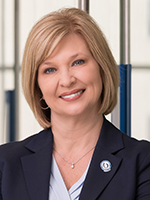
“It's so encouraging to see so many future medical professionals and scientists, who have witnessed the recent health care crises and resulting stress on caregivers, stand up and say, ‘I want to do that,’” said Dr. LouAnn Woodward, UMMC vice chancellor for health affairs and dean of the School of Medicine.
"Mississippi's health care future is in good hands with the students enrolled in our schools,” Woodward said. “These students want to commit to a life of service, and we will all benefit from their steadfast dedication to that pursuit."
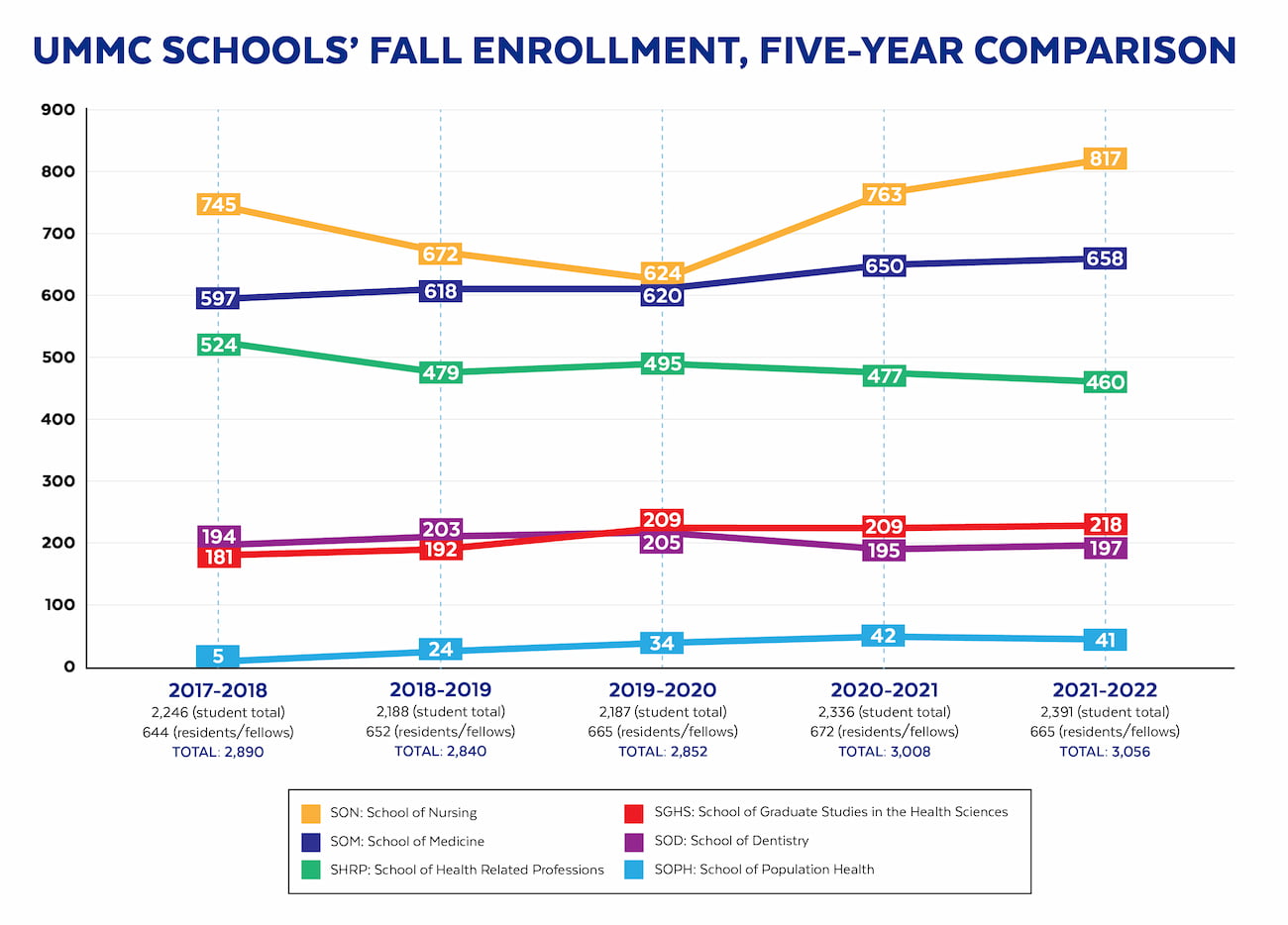
Enrollment totals for UMMC schools have gone up for the last three academic years, with the School of Nursing posting the largest gains.
THE COMMITMENT CALCULATION
Medical residents and fellows are part of the commitment calculation; although their number fell slightly over last year, it is up by 3 percent, compared to five academic years ago.
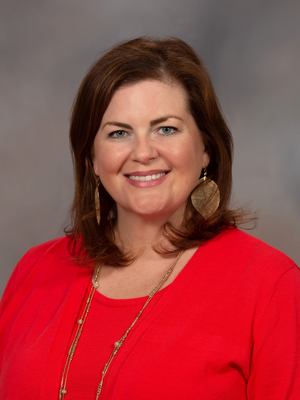
“Being the only academic medical center in the state, it’s important that we are constantly growing our programs and admitting a diverse population of students,” said Emily Cole, executive director of enrollment management.
“All schools want to say, ‘We have the largest enrollment.’ It’s a recruiting tool.”
While two Medical Center schools, medicine and dentistry, showed modest upturns of 1.2 percent and 1 percent, respectively, both limit the number of students they accept each year: 165 for the School of Medicine, and around 40 for the School of Dentistry, Didlake said.
For its part, the dental school is “locked in” until it can flesh out its facilities, Didlake said. The medical school swelled its entering class for several years, and is now at the right size when it comes to opportunities for residency training, he said.
“Right-sizing” all educational programs is important, he said. And their growth should be linked to what the workforce needs.
For various reasons, two schools saw their size shrink a bit from last year:
- The John D. Bower School of Population Health dropped by one student, or by about 0.2 percent, but otherwise has pumped up every year since the year it opened, 2017. “It has done a great job of recruiting students for its unique programs,” Didlake said.
- The School of Health Related Professions, with 17 fewer students, recorded a loss of just under one-half of a percent. “SHRP has closed some programs that have aged out, such as cytotechnology, which has become more automated,” Didlake said. “And the dental hygiene program moved to the dental school. But the demand for histotechnologists has increased and that program has recently opened in SHRP and will add students to the school.”
Helping boost the overall numbers for the campus is the School of Graduate Studies in the Health Sciences (SGSHS); it has an enthusiastic supporter in student Nena Hawkins, who, on her first day in graduate school, was staggered – not by her classes, but by the course of her personal life.
“That’s when I went to Dr. Broome,” she said.
“She took the time to meet with me and help me learn how to balance school and life at a time when I was so discouraged,” said Hawkins, referring to Dr. Hanna J. Broome, associate dean of student affairs and recruitment in the School of Graduate Studies in the Health Sciences (SGSHS) at UMMC.
Broome helped her focus on what she had to gain: a first-class education in “the perfect graduation program,” as Hawkins put it. And in a school whose student body muscles up year after year. With 218 enrolled, it registered a 4.3 percent jump from a year ago.
It was second only to the School of Nursing: 817 students, a profit of more than 7 percent.
Hayleigh Thomas is one of the 817.
THE PANDEMIC PARADOX
Like many students who enter the School of Nursing, Thomas already knew what it’s like to hold down a real job. In her case, she worked for about three years in a toxicology lab in her hometown of Hattiesburg; then, nursing called.
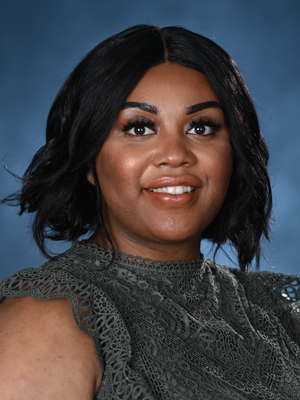
“Nursing is a field where you get to really be there for people; you nurture them, help them get through the day-to-day,” said Thomas, who earned a degree in biological sciences at the University of Southern Mississippi in 2018.
“In Hattiesburg, I volunteered at a pregnancy crisis center called the Hope Clinic, and worked with volunteer nurses. For me, becoming a nurse was just a thought before that; then I saw how the nurses responded to the women who came to the clinic for help, and I knew that’s what I wanted to do.”
Working its terrible magic, the pandemic is one more reason Thomas and others are putting a BSN after their names. “I knew it would be a challenge to be a nurse at this time,” Thomas said, “and that definitely appealed to me.”
Perversely, the pandemic may be a major recruiter for many health care fields, Cole said when asked to explain the campus’ enrollment escalation.
“A lot of people are probably going back to school because of it. Many are going to nursing school. There’s a nursing shortage and always has been one in Mississippi; the pandemic has magnified it.
“Over the last year or two, as soon as a class of nursing students has finished, they want to go ahead and start working. And people who are hiring are desperate to start our graduates working.”
Besides, the world can always use another hero, Dr. Joe Tacy said.
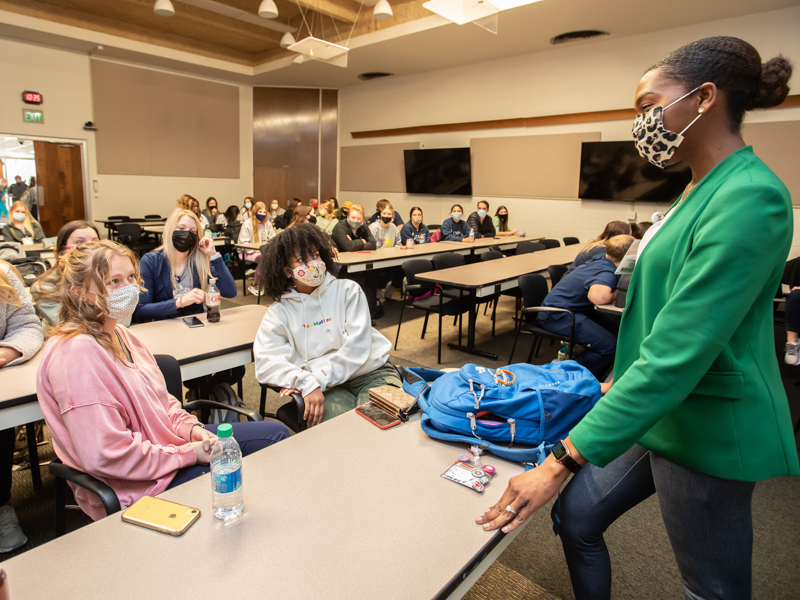
THE ACCELERATION PARADIGM
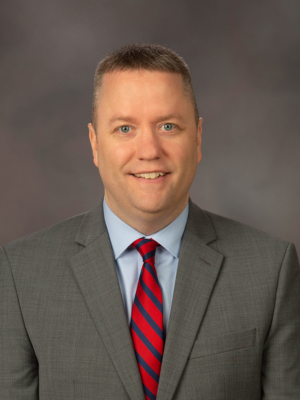
“Nurses have been seen as heroes,” said Tacy, associate dean for administration in the School of Nursing. That was particularly true in the pandemic’s early months.
“This may have compelled some people to change jobs and become nurses themselves.”
Like Thomas, the nursing student, many job-changers have been attracted to the Accelerated BSN Program.
“The faculty are amazing,” Thomas said. “They do everything in their power to make sure you succeed; they make the information exciting and relate it to what you will experience out in the field.”
That field may be completely exotic to them before students start their training. “They have a bachelor’s degree in an area that may not be related to health care,” Didlake said, “but, in the accelerated program, they are able to pursue a nursing degree with that background.
“Those students are often older, mature, and have demonstrated the ability to be finishers. Hospitals value those qualities.”
And the School of Nursing values its teachers. It would also like more of them, Tacy said. One reason for the nursing shortage is the lack of people who can teach people how to be nurses.
“There’s a shortage of nursing educators, too,” Tacy said, “and the pandemic has thrown fuel on that fire also.”
Still, in the face of more than a year of pandemic-limited recruitment opportunities (face-to-face interviews are finally making a comeback), the fall enrollment total for the School of Nursing was “the highest we have seen over the past five years,” Tacy said.
That’s also the story for the School of Graduate Studies, whose enrollment, compared to just a few years ago, has skyrocketed; it’s up by 20 percent.
THE WORKFORCE AMPLIFICATION
As far as higher education goes, the School of Graduate Studies offers a lofty lineup: eight PhD’s and two master’s degrees, along with a certificate program in biochemistry, said Broome, who, besides her role in student affairs, is an assistant professor of cell and molecular biology.
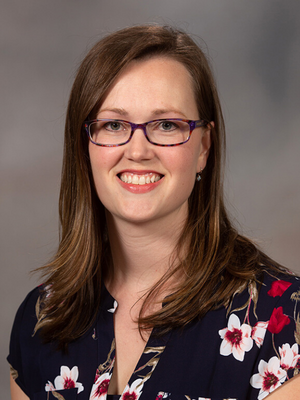
But the largest program “by far” is the Master of Science in Biomedical Sciences (MS-BMS), said Broome, who directs it and the MD-PhD program.
“Many students go through the MS-BMS program to improve their chances for admission to medical school or dental school.”
One of those is the graduate student, Hawkins, a Jackson resident who graduated from the University of Mississippi and has applied to the School of Dentistry.
“I lacked some biology courses,” Hawkins said, “and that’s where the School of Graduate studies helped me. The classes are rigorous. The professors are ideal; they have written textbooks – in histology and physiology – that are used in medical and dental schools everywhere.
“The school has incredible research programs in all the sciences; and research is the love of my life.”
Some MS-MBS graduates leap right into the workforce as research coordinators, emergency room technicians, clinical assistants, science teachers and more. Now, more than ever, there is a place for them in the MS-BMS program, too.
“The big impetus for its growth was Dr. [Joey] Granger’s vision to double its size starting a few years ago,” Broome said, referring to the school dean and the Billy S. Guyton Distinguished Professor, professor of physiology.
Like those drawn to the nurse-as-hero image, some applicants to SGSHS also want to help heal a COVID-wracked world: “They may have realized the critical role researchers have played,” Broome said.
“I’m very proud of this program. It continues to get stronger because of a team effort by course directors, teaching faculty, research mentors and school administrators.” On that team is Dr. Edgar Meyer, assistant professor of neurobiology and anatomical sciences, and assistant director of the MS-BMS program.
Meyer, who is certified in KORU Mindfulness, a program developed for college-aged adults, will sit down with students during optional, weekly sessions on mindfulness – the ability to be present in the moment and focus on the matter at hand.
“And,” Broome said, “we work hard to make sure students know that they can come to us for advice at any point during the program – and after graduation.”
That openness paid off for Hawkins during a difficult time in her life, on a first day of class she will never forget. “Here, they teach life lessons, too,” she said, “and that’s also very necessary.
“Thank you, Dr. Broome, for telling me how to press on.”


